Do you even receive plastic flowers? We'll show you ten plants that are not only (almost) indestructible, but also look good.
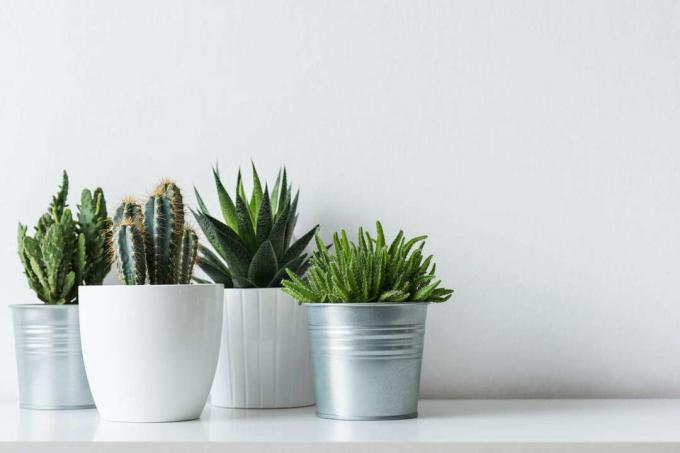
Potted plants make every home more homely and beautiful. But not all people are gifted with a green thumb. If you still want a bit of green in your living room, you can use plastic plants. Or else, he chooses one of these ten plants that are guaranteed to thrive for a long time even with garden dyslexics.
"Contents"
- 1. Succulents
- 2. Philodendron
- 3. Aloe vera
- 4. Yucca palm
- 5. Cobbler palm
- 6. Bow hemp
- 7. Dragon tree
- 8. Tillandsia
- 9. Rubber tree
- 10. Money tree
1. Succulents
These easy-care survivors are at home wherever there is little water. So perfect for notorious people who forget about casting. The succulents prefer a sunny, warm place (for example on the windowsill). Your soil should preferably be sandy, loose and have good water drainage, as the desert plants are sensitive to waterlogging. At best, the plants should be watered once a week, the soil should dry completely between each watering. However, the succulents can also handle it if they are forgotten.
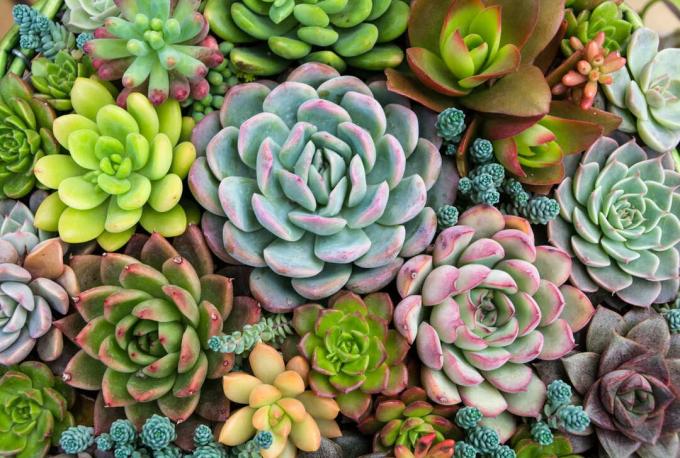
2. Philodendron
The philodendron, also known as tree friend, is not only tough, but also cleans the stuffy air and thus helps to improve the indoor climate. The philodendron prefers partial shade and a soil with good water drainage. Once the top layers of the earth have dried, it's time to give it water. In summer the philodendron can take a cut of its leaves and shoots, otherwise it quickly becomes too big for its pot.

3. Aloe vera
Aloe Vera is not only a popular skin product, it also makes a good impression as a houseplant. It likes it warm and sunny, as soil it prefers sand and good water permeability. It should also be watered every one to two weeks when the soil has dried up. After its inflorescence has wilted, it should be cut off, this encourages the development of new flowers.
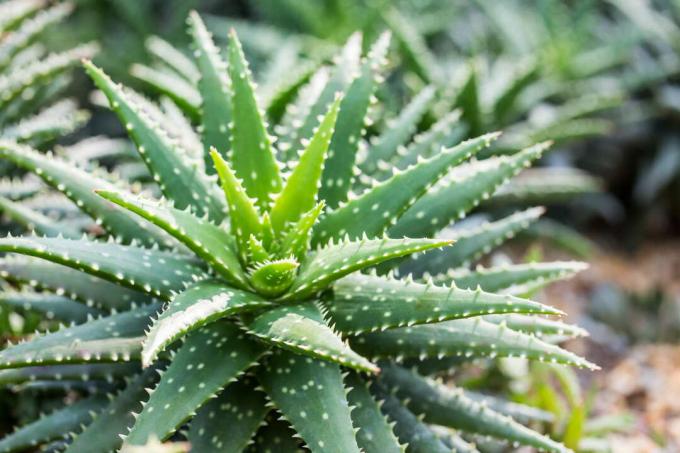
4. Yucca palm
Yucca palms are not only nice to look at, but also quite undemanding. They are known for their tolerance to long dry periods, which is why they do not have to be watered regularly. As a rough rule, you should give the yucca palm some water every 10 to 14 days. Otherwise the palm tree likes it warm and bright, but does not tolerate the direct incidence of sunlight so well.

5. Cobbler palm
In English, the Cobbler palm also known as “cast iron plant” (loosely translated as “cast iron plant”). This name makes perfect sense, after all, the cobbler palm tolerates little light, extreme temperatures and long periods of drought. Nevertheless, it is advisable to keep the cobbler palm in a light to partially shaded location and to water it every two to three weeks when the soil is well dried out.

6. Bow hemp
Bow hemp also tolerates poor environmental conditions such as little light, drought and high temperature fluctuations. He likes it full sun and not too humid. It should only be watered when the soil has already dried out (about once a week). In winter you should water the bow hemp only once a month, as the plants take a break from growing and otherwise there is a risk of rot due to waterlogging.

7. Dragon tree
Like its mystical namesake, the dragon tree is robust and forgives mistakes in its care. It grows best in bright light that does not shine directly on it. However, it survives even in extremely little light, but then its growth is delayed. Even if he gets by with little water, it is okay to water abundantly from March to October if care is taken to prevent waterlogging. Otherwise, only the yellow and brown leaves should be removed regularly and the leaves should be cleaned of dust.
8. Tillandsia
Tillandsias are not only extremely easy to care for, they are also decorative eye-catchers. After all, these plants (in the truest sense of the word) only need air and love. As "air plants", Tillandsia can do without any soil. Every one to three weeks, the plants should be placed in water for a few hours, otherwise only indirect sunlight and a lot of air are of elementary importance for these special plants Meaning.
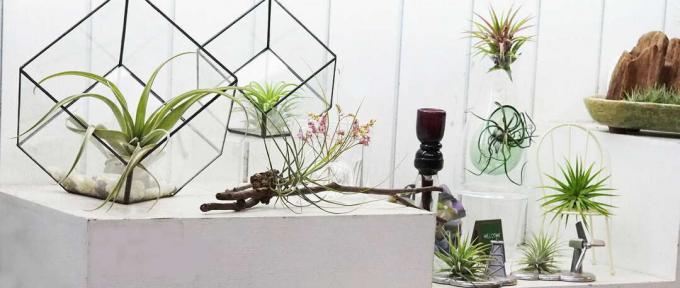
9. Rubber tree
The rubber tree tolerates different lighting conditions and likes an even, moist soil in order to thrive optimally. Nevertheless, it should not be flooded, otherwise it can start to rot. Dust can build up on its large leaves over time, which should be removed with a damp cloth. The rubber tree also cleans the air and can ensure a good indoor climate.
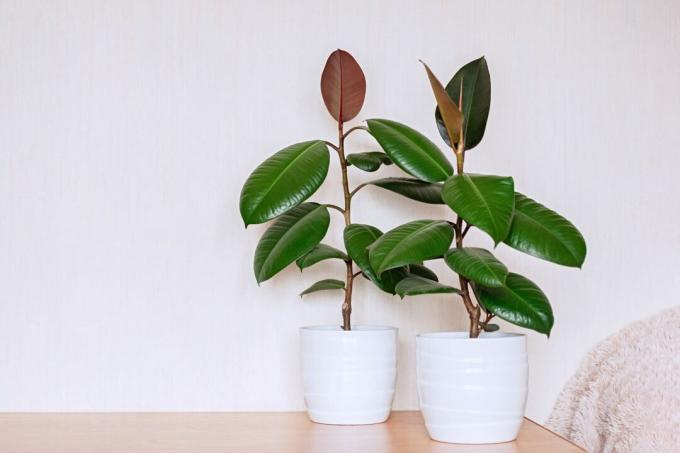
10. Money tree
The money tree, also known as the lucky or penny tree, is a popular ornamental plant that is also considered to be very robust. She likes a sunny spot by the window and loose soil that drains off water well. To avoid waterlogging, the money tree should not be watered too regularly. The soil should be dry again between watering. If the leaves of the money tree also become soft and can be easily squeezed together, it is clear that the next watering should take place.

tip: Even houseplants that can hardly be killed enjoy a good supply of nutrients. An organic liquid fertilizer like our Plantura is ideal for indoor plants Organic indoor & green plant fertilizer the perfect choice. This is administered quickly and easily via the irrigation water.



